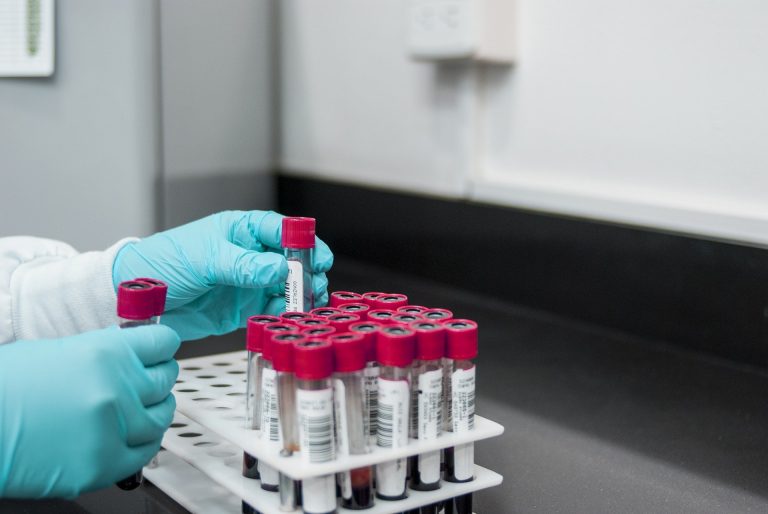Lancet Admits COVID-19 Lab Leak ‘Plausible,’ Scientists Who Denounced Theory Have Wuhan Links

Back in Feb. 2020, The Lancet, an influential medical journal, published a letter dismissing the possibility of a lab leak being the origin of Coronavirus Disease 2019 (COVID-19). Signed by 27 public health experts, the letter condemned “conspiracy theories” suggesting that the SARS-CoV-2 virus “does not have a natural origin.” Over 18 months later, the journal published another letter asking readers to keep an open mind about the potential lab origin of COVID-19.
The letter, published on Sept. 17 and signed by 16 experts, blamed the Feb. 2020 letter for having a “silencing effect on the wider scientific debate.” It also criticized a July 2021 letter in the journal, signed by the same scientists in the Feb. 2020 letter, for suggesting that the “strongest clue” as to the origin of COVID-19 was that the virus “evolved in nature.” The July letter said the laboratory leak theory had no “scientifically validated evidence.” In the Sept. 17 letter, the 16 experts dismissed these claims.
“Based on the current scientific literature, complemented by our own analyses of coronavirus genomes and proteins, we hold that there is currently no compelling evidence to choose between a natural origin (ie, a virus that has evolved and been transmitted to humans solely via contact with wild or farmed animals) and a research-related origin (which might have occurred at sampling sites, during transportation or within the laboratory, and might have involved natural, selected, or engineered viruses),” the Sept. 17 letter stated.
The letter goes on to state that some unusual features of the SARS-CoV-2 viral genome sequence suggest that “they may have resulted from genetic engineering.” The Feb. 2020 letter supported the WHO Director-General’s call for “unity” among scientists against “misinformation and conjecture.”
In contrast, the Sept. 17 letter explicitly states that scientists should not promote “unity.” Instead, the letter says that science embraces alternative hypotheses, controversy, and contradictory arguments. To depart from such principles “risks establishing dogmas, abandoning the essence of science, and, even worse, paving the way for conspiracy theories.”
One of the signatories of the Feb. 2020 letter was U.S. Researcher Peter Daszak, whose EcoHealth Alliance group had worked with labs in China that researched coronaviruses. EcoHealth sent U.S. federal funds to the Wuhan Institute of Virology (WIV), the site at the center of the lab leak theory. The WIV is said to have conducted gain-of-function research aimed at increasing the infectiousness of viruses for research purposes.
In June 2021, an addendum to the Feb. 2020 letter was published, which declared that Daszak had failed to disclose “competing interests” in the letter as required by the International Committee of Medical Journal Editors. However, an investigation by The Telegraph found that Daszak was not the only one who had competing interests. 26 of the 27 scientists who signed the Feb. 2020 letter have ties to the WIV through researchers and funders.
Five of the signatories have a history of working with EcoHealth. Three signatories came from the UK’s Wellcome Trust, which has also funded the WIV. Two other signatories are members of the Global Virome Project created by Daszak. The project was launched with the help of Dr. George Gao, head of the Chinese Center for Disease Control and Prevention (CDC). Dr. Gao has close ties with Shi Zhengli, who led the research of bat coronaviruses in Wuhan.
“Conflicts of interest were not reported for any of the other 26 signers of the letter – not even those with obviously material undisclosed conflicts such as EcoHealth employees and Predict contractors. The standard remedy for fraudulent statements in scientific publications is retraction. It is unclear why retraction was not pursued,” Molecular biologist Prof Richard Ebright, of Rutgers University, said to The Telegraph.



0 Comments